10 Tuscan dishes worth trying
Any lover of gourmet food won’t complain about going to Tuscany. The majority of Tuscan recipes have been developed by generations of aristocrats and commoners alike. They say that the beginnings of the famous French cuisine are found right here, when Catherine de Medici, the future French queen, took her favorite chefs with her from Florence to Paris and made olive oil, artichokes and sauces fashionable.
The standard fork originated in Tuscany as well, where it was used first by famous lords and merchants.
One of the best ways to learn about this amazing cuisine is with a foodie tour. Find more information about tours here. In this article, we’ll take a brief look at the specifics of Tuscan food and some dishes. What foods should you try in Tuscany’s picturesque towns?
The soul and flavor of Tuscan cuisine
- The simplest and most typical ingredients in Tuscan dishes are bread and olive oil in various combinations. Every province has its own type of bread that’s made with various additions like spices, herbs, olives, nuts and squash. As a rule, the bread is fresh and unsalted or lightly salted. Stale bread is also used in dishes so that nothing goes to waste. It’s added to soups or salads or made into panzanella, a bread salad with tomatoes. The classic way of eating bread widespread among commoners is fettunta, a local analog of bruschetta: a hot and crunchy slice of bread is rubbed with garlic and then drizzled with olive oil.
- Salt has a special value for Tuscans since it was taxed for many centuries.
- Sugar is also very valuable. It’s added to many dishes, including soups.
- There are also many classic meat and poultry dishes. Many meat dishes are made from working cattle with long preparatory processes, and you’ll also find dishes from rumen. Fish aren’t frequently used in Tuscany, but they make an unusual “tuna” from young pigs boiled in wines which gives the meat a fishy taste.
- Vegetables feature heavily in Florentine cuisine. Typical ones in the region are cannellini (white beans), artichokes, fresh and dried tomatoes, capers (marinated buds of a thorny plant) and black cabbage.
- Their soups are thick and are eaten with “yesterday’s” bread.
- Tuscan cheeses are pecorino from sheep’s milk and stracchino from cow’s milk.
- Sausage and ham in Tuscany are made from a special type of pig, the cintasenese. Finocchiona is a special sausage with fennel, and you’ll also find the cheaper Mortadella di Prato.
The 10 most important Tuscan dishes
Bistecca alla Fiorentina
Like in classical Roman cuisine, Tuscan cuisine has many meat dishes. Bistecca alla Fiorentina is often called the king of Tuscan cuisine and is so famous that there was a political party in the 1950s called the Bistecca alla Fiorentina party. It’s made from high-quality veal that is fried until it’s red and almost crusted. The interior of the steak is still raw. This piece of meat weighs about 500 grams and it’s enough for two people.
Crostini
The soul of Tuscan cuisine is seen in crostini, toasted Tuscan bread with chicken liver pate. There are many ways to make it. Some people bake the bread dry in an oven, some use oil and others don’t toast it at all. Sometimes the slice of bread is sprayed with the dessert wine Vin Santo. The toppings are also varied and can include chopped tomatoes, celery and onions. Crostini are always served as an appetizer at Easter.
Ribollita
Ribollita is a peasant vegetable soup. It’s the most typical everyday dish that frugal peasants made in the fall. A pot would last for several days, and it was boiled every day to keep it from spoiling. If you’re in Florence or a different Tuscan city, you have to try ribollita. There are a ton of different recipes, but the base is always stale bread, white beans and cabbage.
Pappa al pomodoro
Pappa al pomodoro is a tomato soup with made with stale bread and garlic. It’s a common simple soup in Florentine cuisine. If you translate it word for word, it is “tomato porridge.”
Pici
Florentines can’t go without pasta, but it isn’t the most typical Tuscan dish. In the south of Tuscany, in Siena and Grosseto, they make pici, a thick hand-rolled pasta. The shape is made by rolling the dough between the palms so the pici isn’t uniform in thickness and length. It’s served with poultry ragout or with a bread crumb sauce.
Lampredotto
For many centuries, lampredotto, which is made from a boiled fourth stomach, was a simple but filling dish for the poor. In Florence, this dish became the first fast food dish to be sold on every corner. Paninis with lampredotto are still made today. The stomach is boiled, chopped and placed into a round bun. Then it’s rubbed with oil and broth and salted and peppered. It’s a type of burger with a meaty flavor.
Cibreo
Cibreo is made from chicken giblets, egg yolks and a rooster’s comb and wattle. This dish is ancient and exotic, and legends connect it to Catherine de Medici. However, it was most likely made by peasants who used all parts of the animal and so were willing to put such strange ingredients in their food. You can also get a modern version of Cibreo that’s made without the comb.
Cacciucco
Fish isn’t a major part of Tuscan cuisine, but cacciucco is a fish soup that you’ll find in the region, especially along the coast. Do you see how many “c”s are in the name? That’s how many types of fish and sea creatures are added to cacciucco. Each ingredient has a different cooking time, so they’re carefully added at the right time so that everything is cooked correctly. And there are tomatoes, of course, because what could you do without them?
Salame dolce
Salame dolce is a liver, nut and chocolate sausage. It’s made for Christmas and other occasions. You’ll find it cut into thin slices and sold in confectionaries and cafes.
Cantucci
Cantucci look like small fried croutons with nuts. It’s actually a twice-baked biscuit, similar to biscotti. It’s baked whole, sliced, and rebaked. It has a soft, crunchy taste and is served with dessert wine or Italian coffee. Cantucci last a long time, so they’re popular on long sailing and other types of trips. It’s a great dessert to bring home to share with friends and family.
Tuscany is also famous for its boundless vineyards. Along with all the amazing food, you just have to try the surprising and varied Tuscan wines from local grapes. Read more about this in our article “The 10 best wineries in Tuscany.”
Have a delicious trip to Tuscany!

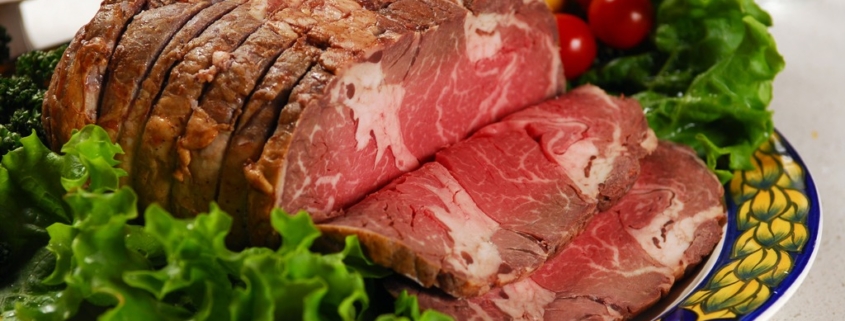
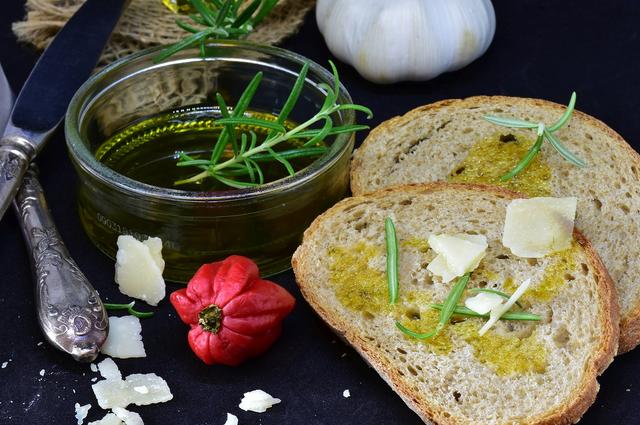
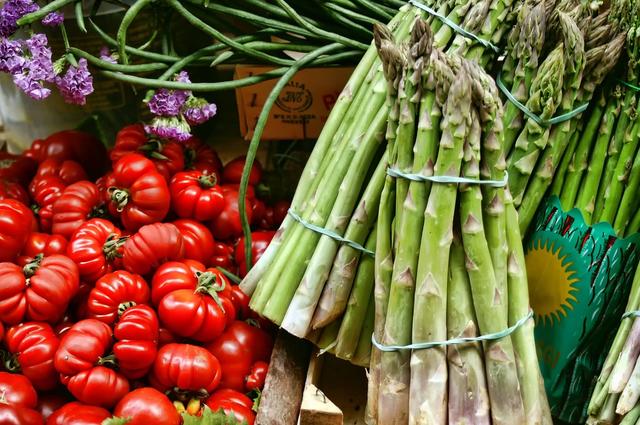
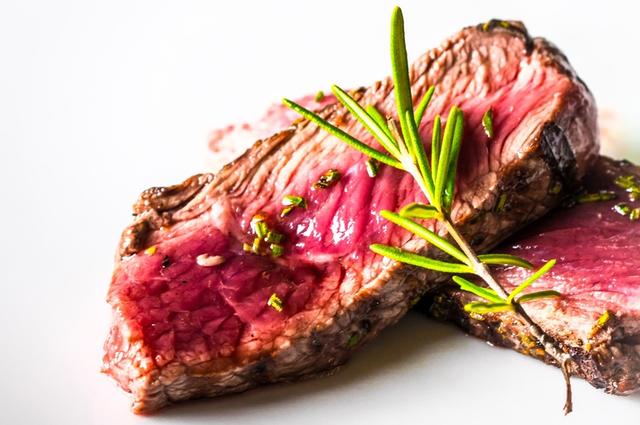
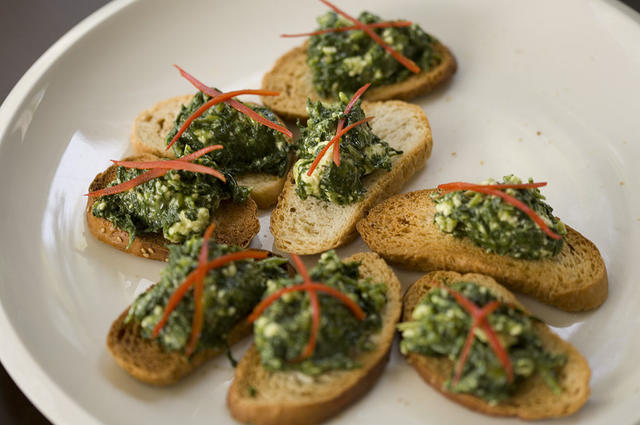
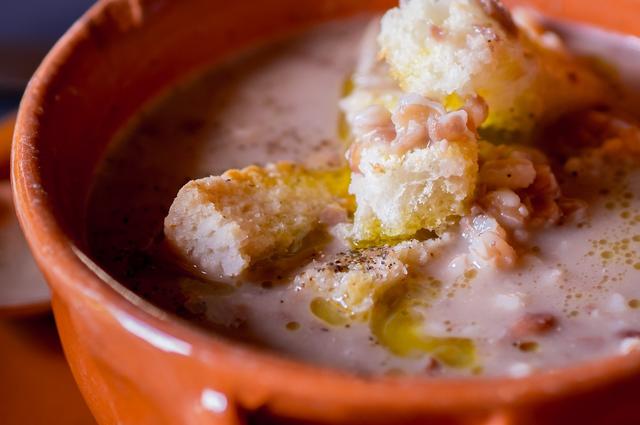
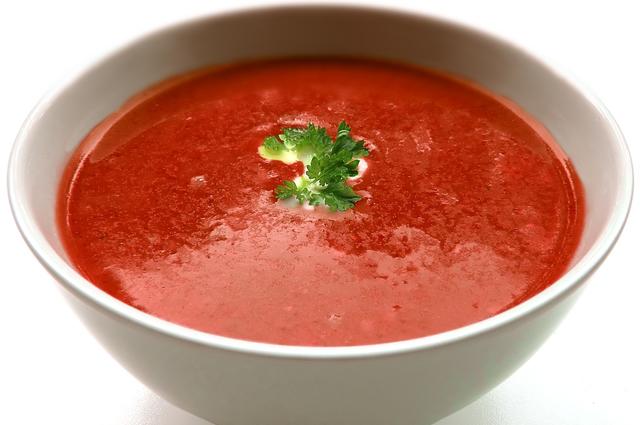
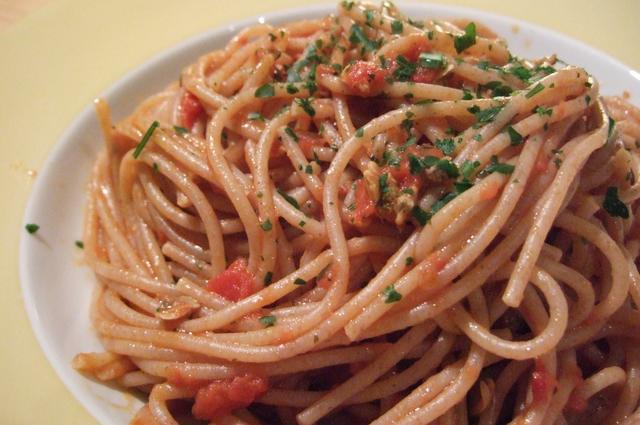
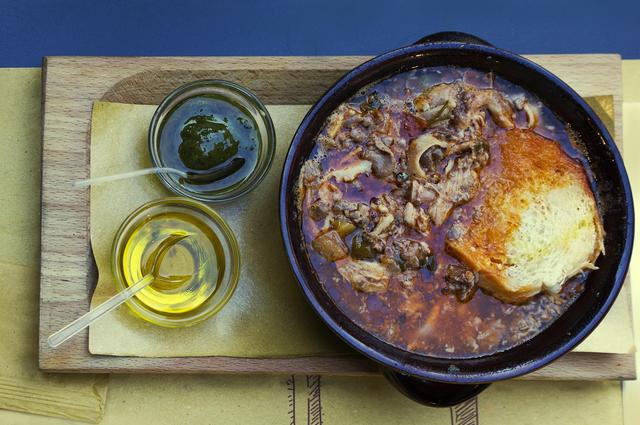
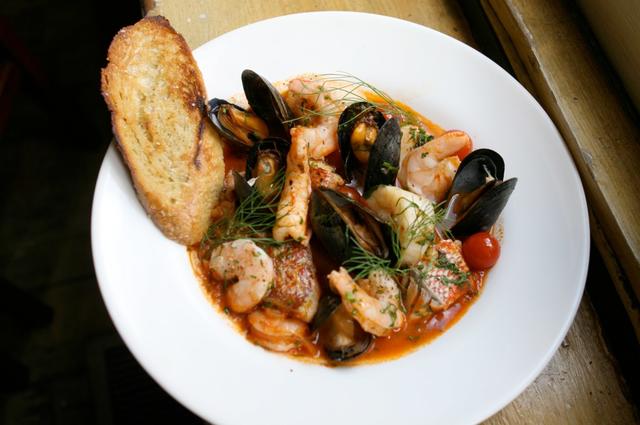
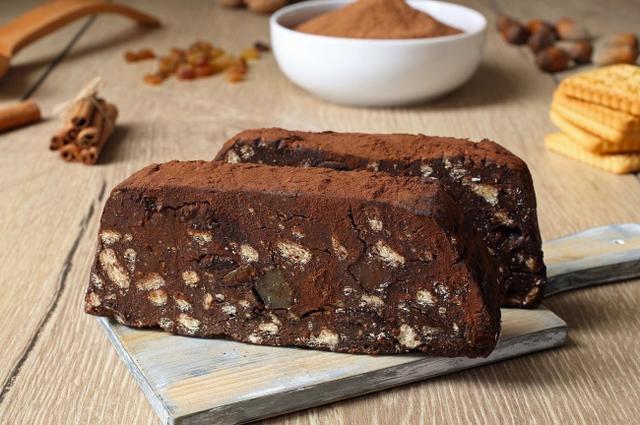
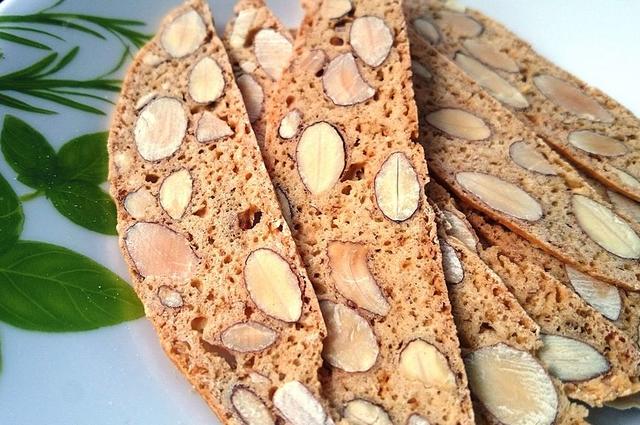


Leave a Reply
Want to join the discussion?Feel free to contribute!